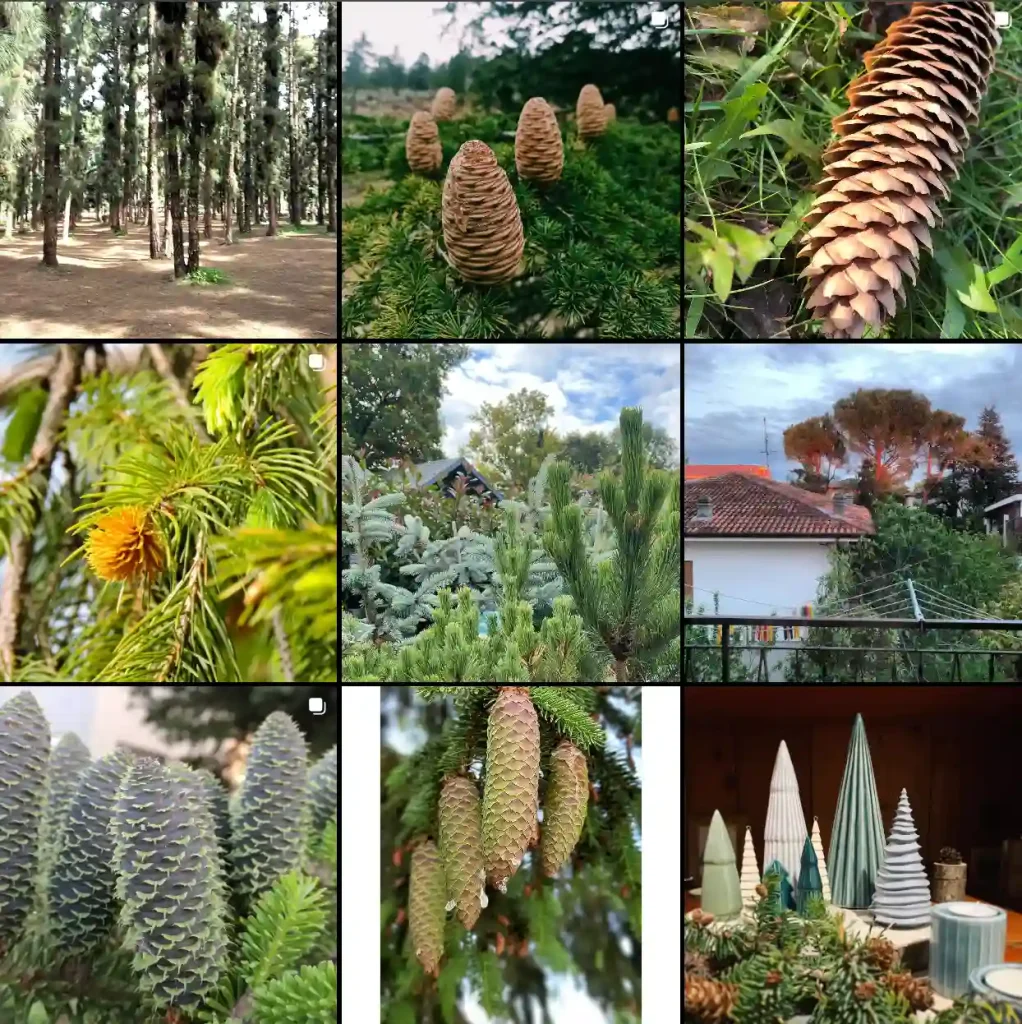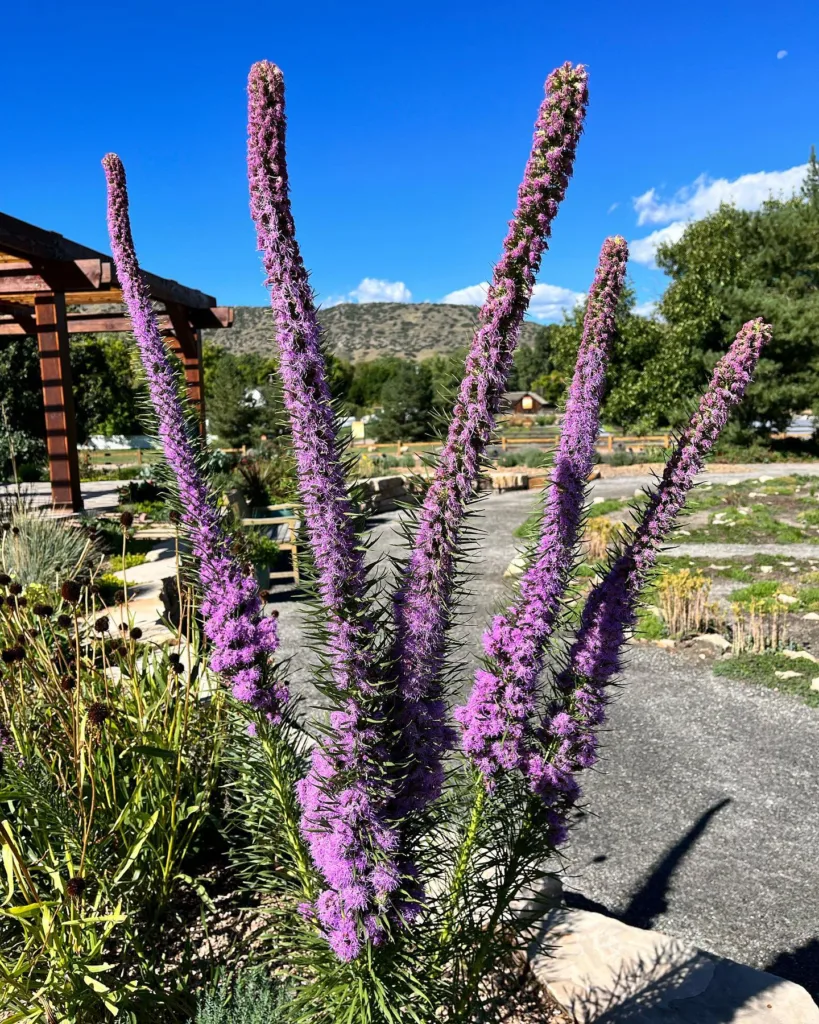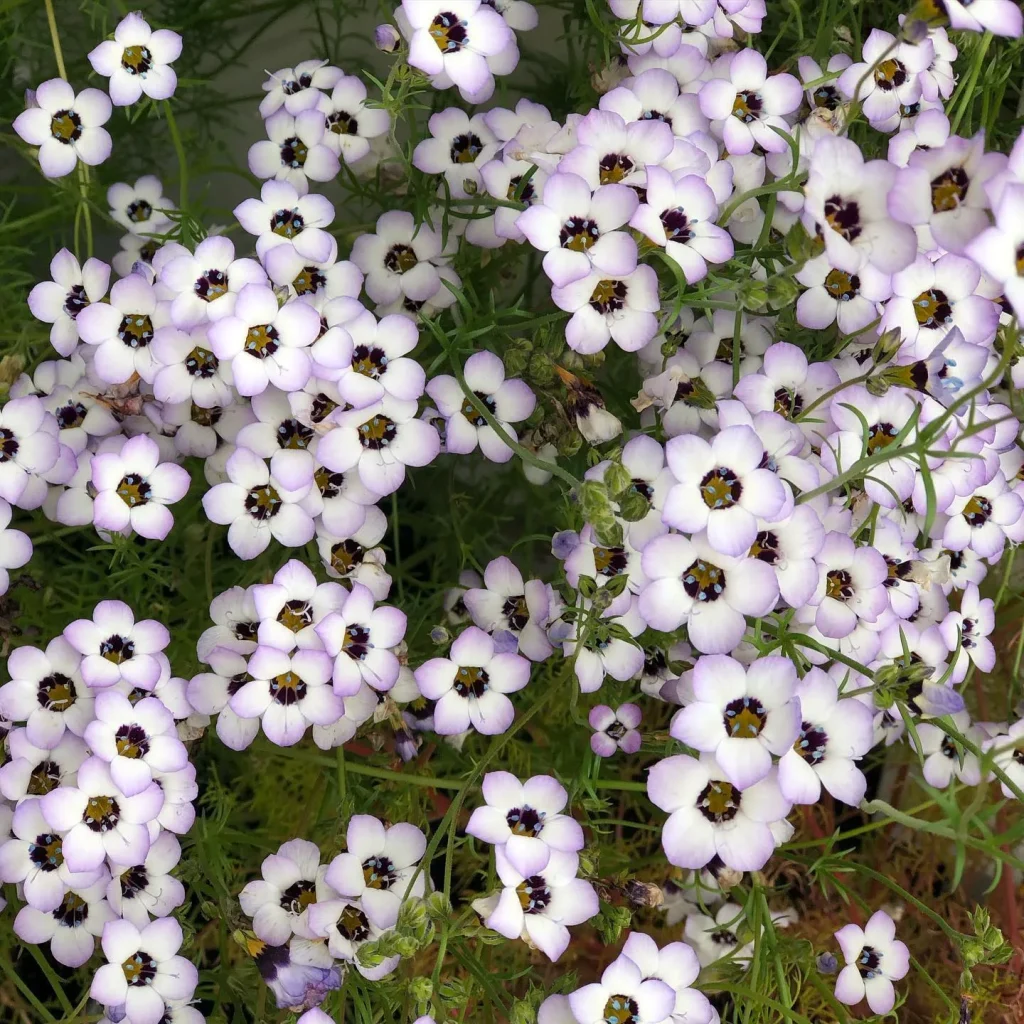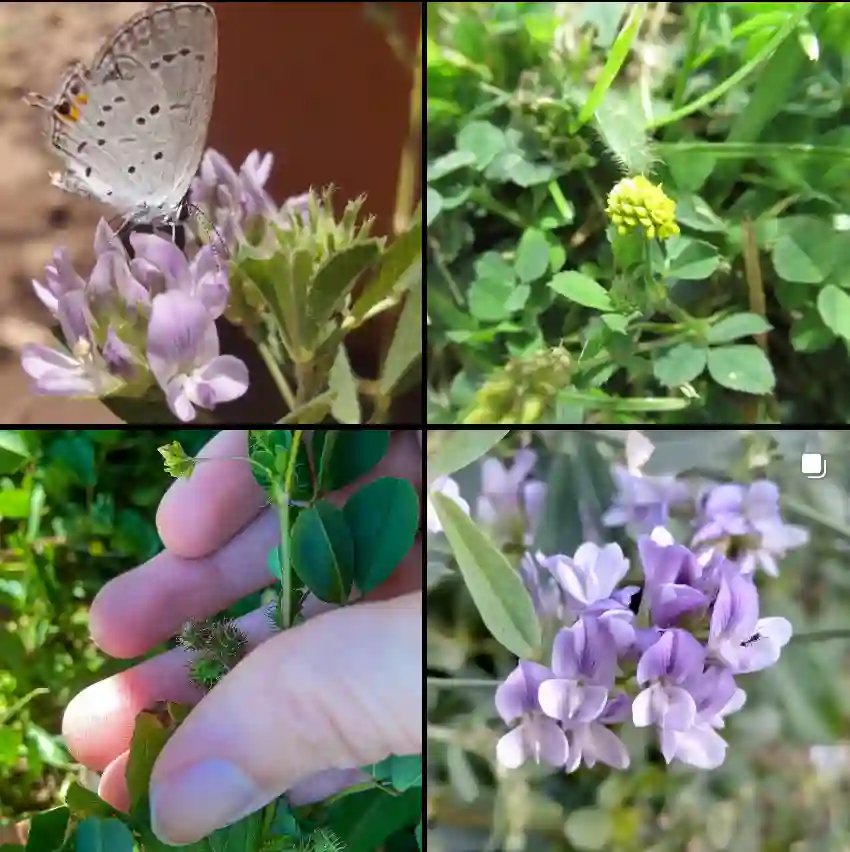FAQs About Descurainia Pinnata: Everything You Need to Know
Descurainia Pinnata, also known as Tansy Mustard or Pinnate-leaved Tansy-mustard, is a fascinating plant that’s been gaining popularity among gardeners and plant enthusiasts. Here, I’ll dive into some of the most frequently asked questions about this unique plant, sharing my insights and experiences to help you get the most out of it.
What Is Descurainia Pinnata?
Descurainia Pinnata is a perennial herb native to the southwestern United States and northern Mexico. It belongs to the mustard family, Brassicaceae, and is known for its distinctive, finely divided leaves and bright yellow flowers. This plant typically grows in arid to semi-arid regions, thriving in conditions that might be too harsh for other plants. Its resilience and adaptability make it a valuable addition to many gardens, especially in drought-prone areas.
Plant Family: 354 Genera in Brassicaceae
How to Care for Descurainia Pinnata?
Caring for Descurainia Pinnata is relatively straightforward, thanks to its hardy nature. Here are some tips:
- Sunlight: It prefers full sun but can tolerate partial shade. For the best growth, ensure it receives at least six hours of direct sunlight each day.
- Soil: Well-draining soil is crucial. It can handle poor, sandy soils but performs best in loamy soil with good drainage.
- Watering: Once established, it is quite drought-tolerant. Water sparingly; let the soil dry out between watering sessions to avoid root rot.
- Temperature: It can handle a wide range of temperatures, from cold winters to hot summers, but it generally thrives in warmer climates.
How to Propagate Descurainia Pinnata?
Propagating Descurainia Pinnata can be done through seeds, which is the most common method. Here’s a step-by-step guide:
- Seed Collection: Collect seeds from mature plants once they have dried. Store them in a cool, dry place until you’re ready to plant.
- Sowing: Sow the seeds in spring or fall. You can start them indoors in pots or sow directly into the garden.
- Germination: Seeds typically germinate within 1-2 weeks. Keep the soil moist but not waterlogged during this period.
- Transplanting: Once seedlings are large enough to handle, transplant them into their permanent location, spacing them about 12-18 inches apart.
What to Plant With Descurainia Pinnata?
Descurainia Pinnata pairs well with a variety of drought-tolerant plants. Consider these companions:
- Blanket Flower (Gaillardia): Its vibrant colors contrast nicely with the yellow blooms of Descurainia Pinnata.
- Lavender (Lavandula): Both plants have similar water and sunlight needs, making them great partners.
- Sage (Salvia): This plant complements the mustard’s foliage and provides additional color and texture to the garden.
Is Descurainia Pinnata Toxic?
Descurainia Pinnata is not known to be toxic to humans or pets. However, as with any plant, it’s always best to avoid ingestion and keep it away from small children and pets who might be tempted to chew on it.
Benefits of Descurainia Pinnata
Descurainia Pinnata offers several benefits:
- Drought Tolerance: Its ability to thrive in dry conditions makes it an excellent choice for xeriscaping.
- Wildlife Habitat: The plant attracts pollinators like bees and butterflies, contributing to local biodiversity.
- Low Maintenance: Its hardy nature means it requires minimal care once established, making it perfect for low-maintenance gardens.
Common Problems with Descurainia Pinnata
While Descurainia Pinnata is generally low-maintenance, it’s not immune to issues. Here are some problems you might encounter:
- Overwatering: This can lead to root rot. Ensure the soil is well-drained and water sparingly.
- Pest Infestations: Although rare, pests like aphids or caterpillars might occasionally target it. Regularly check for signs of infestation and treat as needed.
How Does Descurainia Pinnata Compare with Similar Plants?
Descurainia Pinnata can sometimes be confused with other mustard family members or similar plants. Here’s a quick comparison:
- Descurainia Sophia (Yellow Tansy Mustard): Often confused with Pinnata due to similar yellow flowers. However, Sophia has a more upright growth habit and less finely divided leaves.
- Erysimum (Wallflowers): Another mustard family member, Wallflowers have larger, more robust flowers and do not tolerate drought as well as Pinnata.
Conclusion
Descurainia Pinnata is a remarkable plant with unique features and benefits. Its adaptability to harsh conditions, low maintenance requirements, and ability to enhance garden aesthetics make it a valuable addition to any garden. Whether you’re looking for a drought-tolerant plant or a companion for other drought-resistant species, Descurainia Pinnata offers a robust and attractive solution.
If i die, water my plants!



